Biodiversity Is Not Conservation
Avoid confusion over important terms
Nature includes biodiversity and biodiversity helps deliver ecosystem services while conservation assigns value to some of the components. How sure are you of the meaning of these technical terms?
You're scrolling through social media and see an adorable video of a baby panda tumbling around. The caption reads,
"Only 1,864 pandas left in the wild! Donate now to save biodiversity!"
Your heart melts, you click donate, and you feel good about protecting nature.
But here's what happened. You just funded conservation, not biodiversity protection.
What Panda conservation does is…
Protects a single charismatic species that contributes minimally to ecosystem functioning
Preserves bamboo forests primarily for panda habitat (not for the 6,000+ other species living there)
Focuses on breeding programs that may not address underlying habitat destruction
Allocates significant resources to a species that, evolutionarily speaking, has been heading toward extinction for millennia
What biodiversity protection would look like…
Protecting the entire bamboo forest ecosystem, including the thousands of insects, fungi, bacteria, and other mammals that actually drive nutrient cycling
Focusing on "umbrella species" whose protection genuinely benefits multiple other species
Supporting the restoration of degraded habitats that maximise species richness
Investing in soil biodiversity research and protection in these regions
This isn't an argument against panda conservation. Pandas serve as powerful icons that inspire people to care about nature, and that emotional connection has value. The World Wildlife Fund has raised hundreds of millions using the panda logo, funding genuine biodiversity work worldwide.
But as mindful sceptics, we must recognise what we support and why.
Jargon and the use of standard terms, especially those commandeered for effect, can often confuse.
In this issue of Mindful Sceptic, we’ll get to the bottom of four key technical terms: nature, biodiversity, ecosystem services and conservation.
Ready to become someone who sees through myths, asks better questions, and makes a real difference? Join our movement of mindful sceptics who are changing how we understand and respond to global challenges. Subscribe free and start making your mark.
Failed Conservation
Conservation has failed spectacularly. Despite decades of international agreements, protected areas, and billions spent on saving endangered species, biodiversity loss continues at mass extinction rates.
Why? Because we've been focusing on the wrong things entirely.
While we pour resources into saving rare species that contribute little to ecosystem functioning, common species, nature's workhorses, are collapsing around us. The reality is that 96% of mammal biomass on Earth is now humans and livestock, leaving just 4% for all wild mammals combined.
Yet, setting aside more protected areas will solve the crisis.
The radical truth is that biodiversity conservation must happen where people grow food, not in isolated reserves. Soil biodiversity, invisible to most of us, matters infinitely more than charismatic megafauna for human survival.
We need to stop treating agriculture and conservation as enemies and start integrating them through the lens of soil health, because that's where the real crisis and the real solutions lie.
So says the Mindful Sceptic Guide to Biodiversity Loss
To tackle the biodiversity crisis effectively, we need to clarify some fundamental confusion about the words we use to describe it.
The terms "nature," "biodiversity," "ecosystem services," and "conservation" have become so intertwined in popular discourse that most people use them interchangeably, creating a conceptual muddle that obscures the real solutions.
When conservationists talk about "saving biodiversity," they typically mean protecting rare species in isolated reserves, but this conflates what biodiversity is (the variety of life and its functions) with what conservation does (applying human values to protect certain things we care about).
Similarly, when we think of "nature" as something separate from human activity, we miss the crucial reality that we are part of nature's web, entirely dependent on the "ecosystem services" delivered by millions of common, invisible species working beneath our feet.
This semantic confusion isn't just academic nitpicking or the sceptic getting out of hand after a few beers at the pub. Confusion and conflation actively misdirect our efforts away from the soil biodiversity and common species that keep us alive toward symbolic gestures that feel good but fail to address the underlying crisis.
So, to understand why our current approaches to reversing biodiversity loss are failing, we first need to understand what these terms mean and why the differences matter more than you might think.
I know this distinction might seem academic when faced with images of melting ice caps and dying coral reefs. But stick with me. Understanding these differences is crucial for effective action.
Nature
Nature is about all of it—the full monty.
It encompasses all the phenomena of the physical world, including plants, animals, landscapes, oceans, weather systems, and the deep structure of matter and energy. Nature is the totality of what exists physically, and how it all works, through processes, interactions, and laws that operate with or without human observation.
Science is the study of nature.
It’s our best toolkit for uncovering how the universe functions. Over the centuries, disciplines have emerged—physics, chemistry, biology, geology, and astronomy—each advancing through the work of intellectual giants like Isaac Newton, Albert Einstein, Dmitri Mendeleev, Charles Darwin, and many others who devoted their lives to understanding nature in all its forms.
Nature is not synonymous with biodiversity, nor is biodiversity a proxy for nature.
Biodiversity is one component of nature, specifically a biological expression of life’s variation, shaped by billions of years of evolution. But nature also includes non-living systems, physical forces, and chemical cycles. To grasp nature fully, we must recognise both the living and the non-living, the seen and the unseen, as part of one vast, interwoven reality.
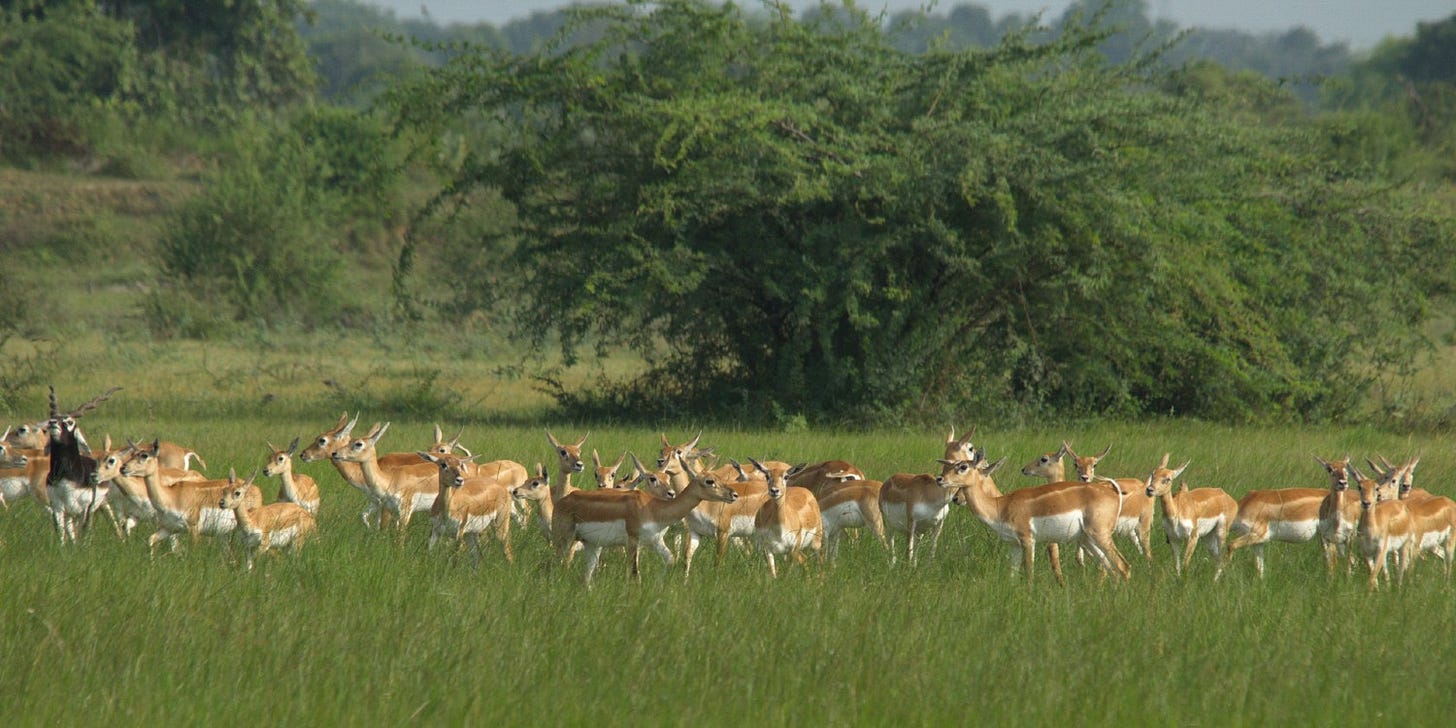
Biodiversity
Biodiversity is the diversity of life or as the UN Convention on Biodiversity preferred to define it,
"Biological diversity" means the variability among living organisms from all sources including, inter alia, terrestrial, marine and other aquatic ecosystems and the ecological complexes of which they are part; this includes diversity within species, between species and of ecosystems.
Article 2 Convention on Biological Diversity
Just a brief pause to take in this definition, and we see that it covers a huge conceptual territory. The diversity of life is everywhere; it is different everywhere and exists in so many different forms that there is no one simple classification. Even the term ‘species’ has multiple definitions.
Assuming species means a recognisable and genetically similar group of individual organisms, then biodiversity can become…
Multi-species ecology and evolution
Biodiversity does not include gravity, the laws of thermodynamics, or the periodic table from the first three of our famous scientists, but it comes about through disturbance, genetic drift, and Darwin’s natural selection.
Biodiversity is not ecosystem services, but most services are not possible without the diversity of the living world.
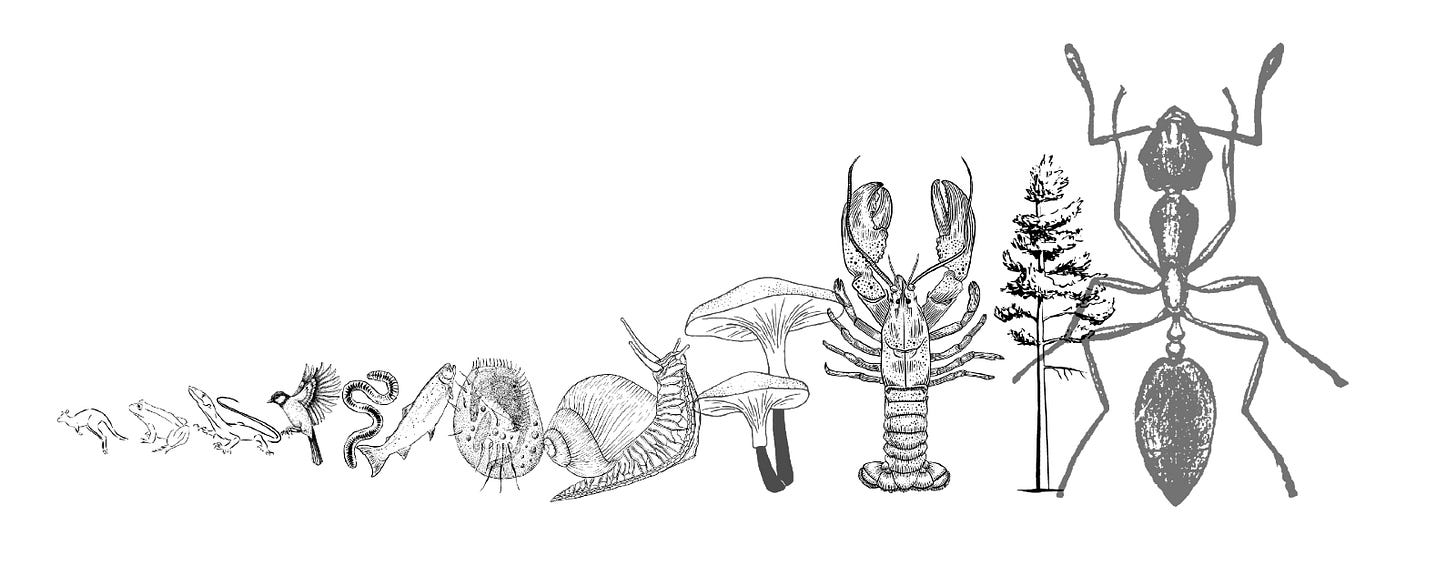
Ecosystem services
Ecosystem services are the specific benefits that people derive from nature, from food, clean water, breathable air, raw materials, climate regulation, to waste decomposition. They come about through the biological and physical functioning of ecosystems.
But here’s the thing.
Ecosystem services are inherently anthropocentric because they describe the outputs or processes of ecosystems that directly or indirectly benefit people. This definition is firmly established in major environmental frameworks such as the UN Millennium Ecosystem Assessment and the IPBES (Intergovernmental Science-Policy Platform on Biodiversity and Ecosystem Services).
Suppose a natural process or interaction within an ecosystem occurs independently of any human relevance. In that case, it may be ecologically important, but it does not meet the criteria for an “ecosystem service.”
For example, nitrogen fixation by microbes is an ecosystem function. When that function enhances soil fertility for agriculture, it becomes an ecosystem service.
Similarly, deep-sea microbial processes that regulate methane may not be noticed or valued until their consequences (e.g. climate regulation) become linked to human outcomes. Thus, the distinction lies not in what nature does, but in whether what it does matters to humans, in terms of health, security, livelihoods, or well-being.
This distinction can be controversial, especially from biocentric or ecocentric philosophical perspectives, which argue that nature’s value should not be limited to its utility for humans. Critics point out that the ecosystem services framework risks reducing nature to a set of instrumental values, potentially neglecting intrinsic values or the rights of non-human life. However, in practical environmental policy and economics, the ecosystem services concept has gained traction precisely because it makes nature’s value legible and defensible in human-centred decision-making.
Nature cannot deliver ecosystem services without biology. Most ecologists support the logic that the diversity of life, both in species and in the functions they perform, is critical to the rate, resilience, and magnitude of ecosystem service delivery.
“By affecting the magnitude, pace, and temporal continuity by which energy and materials are circulated through ecosystems, biodiversity in the broad sense influences the provision of ecosystem services.”
— Díaz et al. (2006)
This makes biodiversity, as a core element of nature, central to maintaining the flow of ecosystem services that underpin human well-being.
We begin to see how each term is both separate and related.
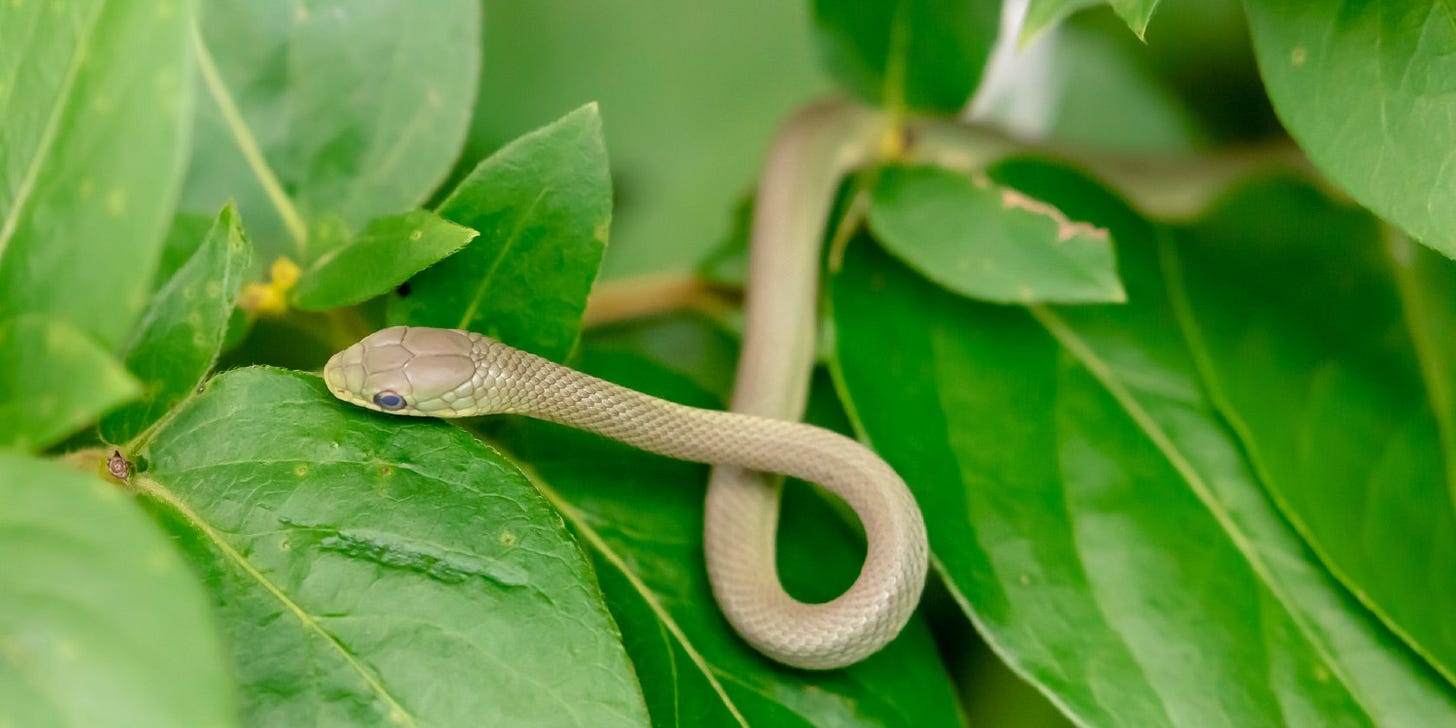
Conservation
Biodiversity is a core feature of nature that supports the delivery of ecosystem services, the specific benefits humans derive from functioning ecosystems.
Conservation is the value-driven proposition that some elements of biodiversity, particularly particular species or habitats, are more critical than others and should be actively protected.
This often includes the belief that rare species are inherently more valuable because of their perceived ecological roles, their symbolic significance, or their intrinsic worth, regardless of their actual contribution to ecosystem services.
In particular, there is a widespread assumption that rare equals valuable. While many studies have attempted to show that rare species play unique or irreplaceable roles, the overall scientific picture is mixed.
In most cases, rarity is a consequence of evolutionary history, environmental filtering, or ecological constraints, not necessarily an indicator of functional importance. Regarding ecosystem services, most rare species contribute little to core processes simply because they are in low abundance or limited distribution.
This is not an argument against conservation.
On the contrary, efforts to slow biodiversity loss are vital, and if the public is inspired to act through campaigns centred on rare or iconic species, that motivation is welcome and useful.
What is important to recognise is that conservation is not the same as ecosystem services, biodiversity, or nature itself.
It reflects a value proposition—a human decision about what parts of the natural world we deem worth saving, and why.
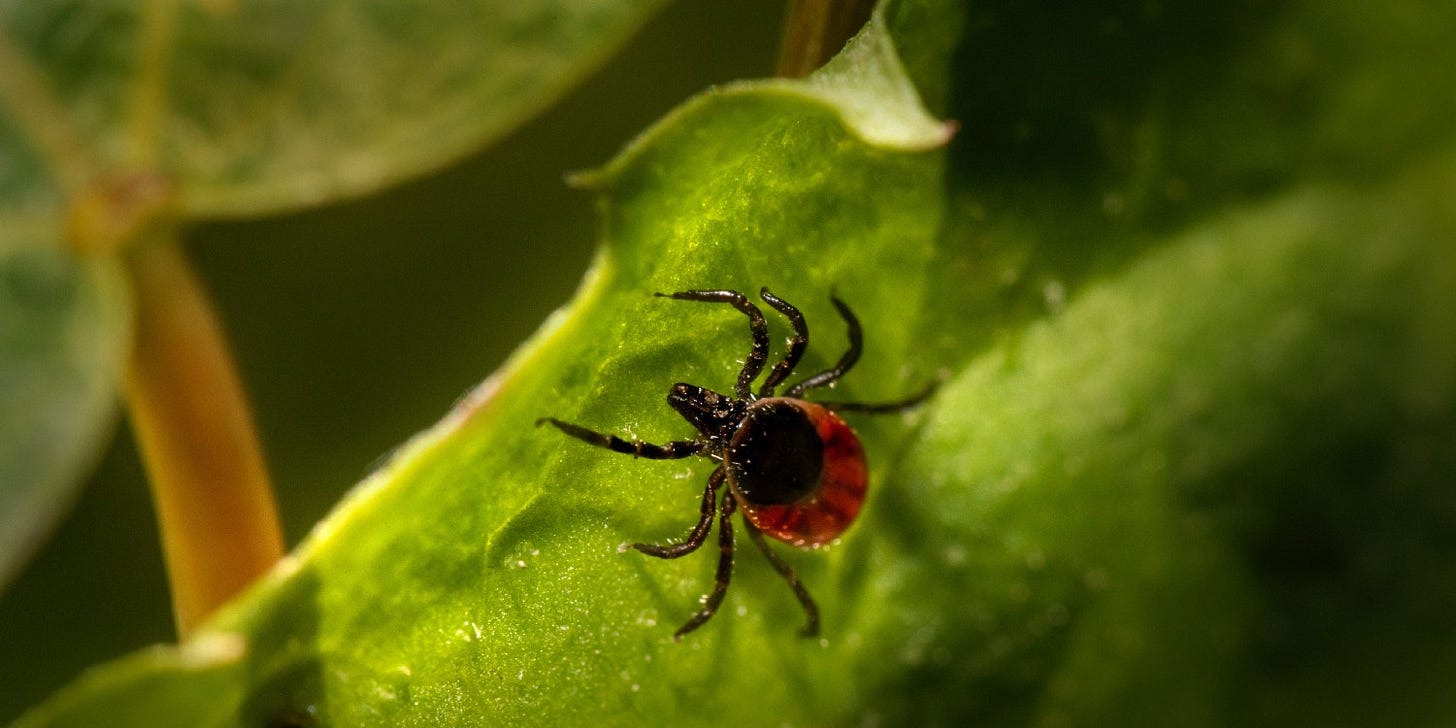
Not just semantics
Semantics can seem tedious, even tiresome.
But the meaning of words matters, especially when trying to understand how the world functions, both in its natural form and after 8 billion humans have reshaped it.
So, to summarise:
Nature is the broadest concept, the catchall that includes the laws and patterns science seeks to understand.
Biodiversity is the living expression of nature, the result of billions of years of evolutionary processes.
Ecosystem services are a human construct, a reframing of natural processes in terms of the benefits they provide to people.
Conservation is a human value, an expression of what we choose to protect, based on ethical, cultural, or instrumental reasons.
This sequence reflects a progression from the reality of nature toward increasingly human-centred interpretations.
As we move along this path, we often shift away from nature, toward human, even personal frameworks and priorities.
That’s why definitions matter. When technical terms are thrown around like confetti without clarity or care, it becomes harder to see what’s real, valuable, and what is just noise.
A few years back, I watched a heated town hall meeting where passionate residents argued about "saving local biodiversity" by preventing the development of a brownfield site. These passionate folk were advocating for the conservation of a specific place they valued, while the developer countered with ecosystem services arguments about urban green space. Nobody was wrong, but nobody was speaking the same language either.
This is why these distinctions matter beyond academic precision. When we're clear about whether we're protecting nature's intrinsic value, conserving species we cherish, maintaining ecosystem services we depend on, or preserving biodiversity that sustains life itself, we can align our efforts with our actual intentions. We can fund soil microbe research alongside panda conservation. We can support both the urban park that serves our community and the agricultural practices that maintain functional landscapes.
The mindful sceptic knows about choosing between emotional connection and scientific rigour because awareness tells us both matter. Your heart can still skip a beat at panda videos while your head directs serious resources toward soil biodiversity. The semantic clarity we've explored today doesn't need to diminish the wonder even as it sharpens the impact.
So here's your challenge.
Next time you encounter environmental messaging in a charity appeal, a news headline, or a policy proposal, pause and ask yourself…
"What exactly is this really about?"
That moment of curiosity, that small act of mindful scepticism, might help you see past the confusion toward clarity.
Mindful Momentum
The Dinner Table Translator
This week's challenge is to practice explaining the nature/biodiversity/conservation distinctions to someone who hasn't read this article.
Next time environmental topics come up in conversation at a family dinner, coffee with friends, or beer o’clock, listen for these terms being used interchangeably.
Instead of correcting, ask gentle questions:
When you say 'saving nature,' what specifically do you mean?
That sounds like conservation work, I wonder how it connects to ecosystem functioning?
You'll discover how deeply embedded this semantic confusion is, and practising these distinctions out loud will cement your understanding.
Key Points
The terms "nature," "biodiversity," "ecosystem services," and "conservation" have become so intertwined in popular discourse that they're used interchangeably, creating a conceptual muddle that obscures real solutions. This linguistic imprecision isn't merely academic. It often actively misdirects resources away from the soil biodiversity and common species that sustain life toward symbolic gestures focused on charismatic but functionally marginal species.
While biodiversity describes the variety of living beings shaped by evolutionary processes, conservation reflects deliberate human choices about what deserves protection based on cultural, ethical, or instrumental reasoning. This distinction reveals why current approaches often prioritise rare species that contribute little to ecosystem functioning over the invisible networks of microorganisms and common species that maintain the biological systems humans depend upon.
Unlike the broader concept of nature or the biological reality of biodiversity, ecosystem services specifically describe natural processes that benefit people, from clean water and fertile soil to climate regulation. This anthropocentric framework has gained traction because it makes nature's value comprehensible in human-centred decision-making, though critics argue it risks reducing nature to mere instrumental utility.
Understanding these conceptual differences in key technical terms allows for more strategic resource allocation and clearer communication about environmental goals. Rather than choosing between emotional connection and scientific rigour, this semantic awareness enables supporters to fund panda conservation for its inspirational value and soil microbe research for its functional necessity, aligning specific actions with intended outcomes rather than relying on conflated terminology.
You Might Also Like
Curiosity Corner
This issue of the newsletter is all about…
Examining our collective semantic confusion about environmental terms reveals how our well-intentioned efforts to "save nature" often miss the invisible soil biodiversity and common species that actually keep us alive, a realisation that challenges our funding priorities and our fundamental understanding of environmental protection.
5 Better Questions from this issue of the newsletter…
When this environmental initiative claims to "protect biodiversity," what specific biological processes or species interactions are they actually targeting?
This question cuts through vague feel-good language to reveal whether an effort addresses functional ecosystems or simply preserves individual species we find appealing.
What invisible biodiversity am I overlooking in my environment, and how might my aesthetic preferences blind me to ecological importance?
This inquiry challenges our natural bias toward charismatic species and encourages recognition of the unglamorous organisms that actually sustain life.
Who benefits from keeping these environmental terms confused, and what interests might be served by this semantic muddle?
This sceptical lens reveals how linguistic imprecision can obscure accountability and misdirect resources from practical solutions.
How does my emotional attachment to certain species or landscapes influence my environmental decision-making, and when might those feelings conflict with ecological priorities?
This question acknowledges our human psychology while encouraging more strategic thinking about environmental impact.
If I had to choose between funding soil microbe research or panda conservation with limited resources, what values would I prioritise, and why?
This would force an honest examination of whether our environmental choices align with ecosystem function, human sentiment, or some thoughtful combination of both.
In the next issue
The 8-to-1 Reality
Next issue, I'll reveal why every meal in your city requires eight units of external energy to deliver one unit of nutrition and, if you can stomach it, what happens when that invisible subsidy disappears.
Most urban dwellers live completely unaware that cities function as human feedlots, concentrating millions in spaces that produce virtually no food.
Together, we can expose the thermodynamic improbability of our urban future and explore why the greatest human migration in history might be preparing to reverse direction within decades.
Postscript
Here is what it says on the back cover of my latest biodiversity book…
Forget everything you thought you knew about saving nature.
In this provocative and eye-opening book, renowned ecologist Dr Mark Dangerfield shatters the myth that protecting rare species is enough to save our planet's biodiversity.
Common species are the unsung heroes of our ecosystems, and your backyard is more important than you think. As humanity teeters on the brink of ecological collapse, Dangerfield offers a radical new vision for conservation. He exposes the real drivers of biodiversity loss and presents a bold roadmap for transformation—from our farms to our cities, our policies to our plates.
Discover why regenerative agriculture could be our last and best hope and why looking beyond pandas and polar bears is crucial for our future. Dangerfield's fresh perspective challenges conventional wisdom and offers a compelling case for reimagining conservation in the 21st century.
It's time to face the shocking truth about biodiversity. Our future depends on it. Are you ready to discover and join the revolution?
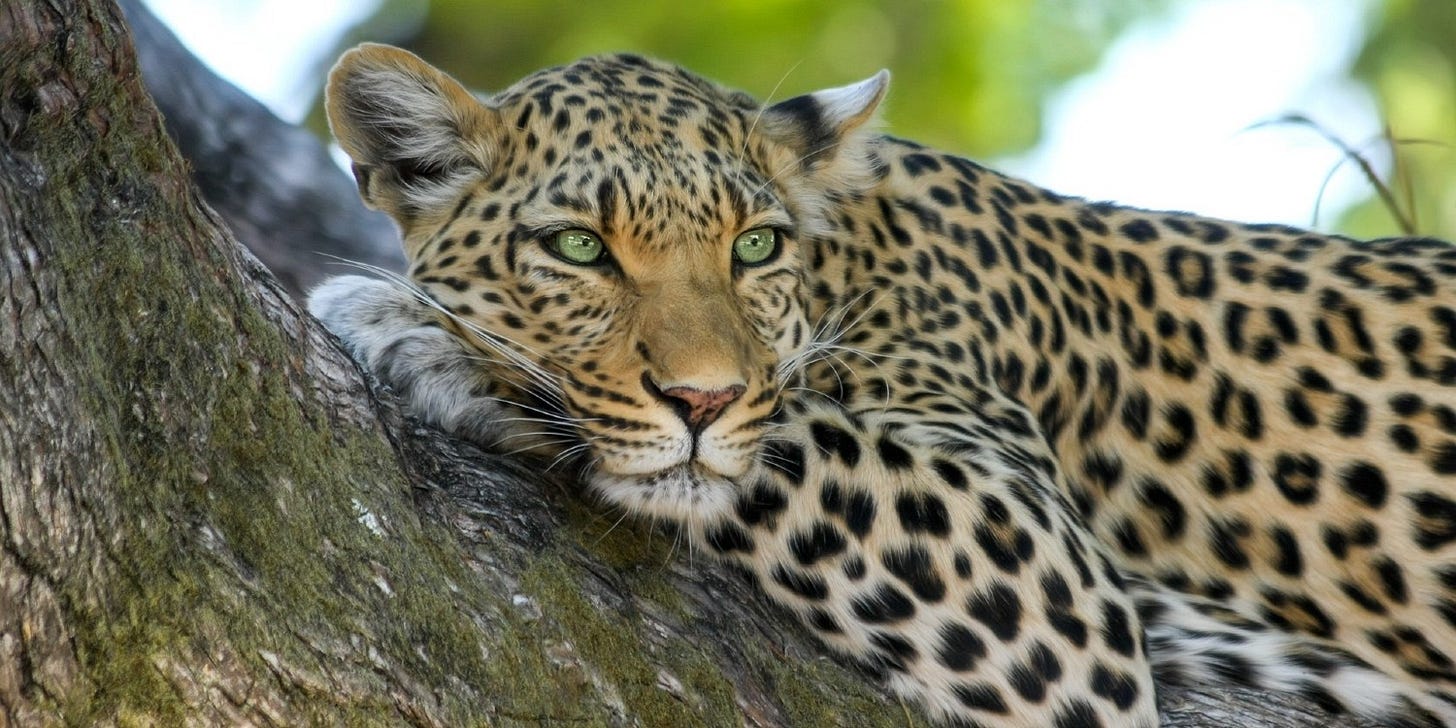







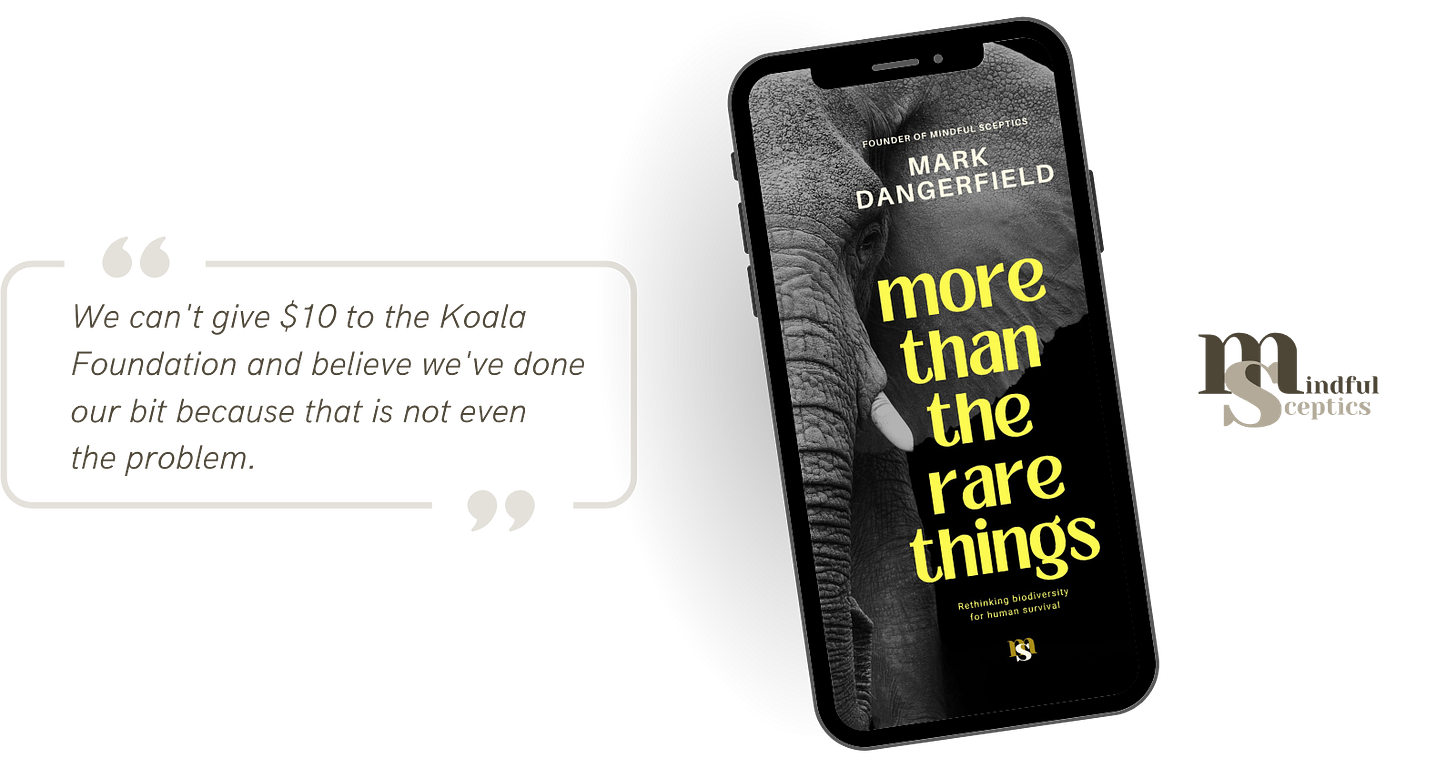
You are preaching to the converted here. The problem is that conservation needs money, and that money has to come from somewhere. My local Wildlife Trust raises quite a lot by concentrating on beavers and rewilding projects, giving its existing high biodiversity sites a very low priority. I understand why they do it but they have this bland assumption that they can maintain that business model of introducing a new headline species every five years into the future.
What could happen is that they plateau and that a new generation pushes them back to the habitat-centric conservation which used to be the way UK conservation worked.
Great distinction. I also think that conservation isn’t just about saving species, but about preserving the balance that keeps us alive, too. In a world where ecosystems unravel silently, how do we decide which lives—human or nonhuman—deserve protection? Where do you think our responsibility truly begins?